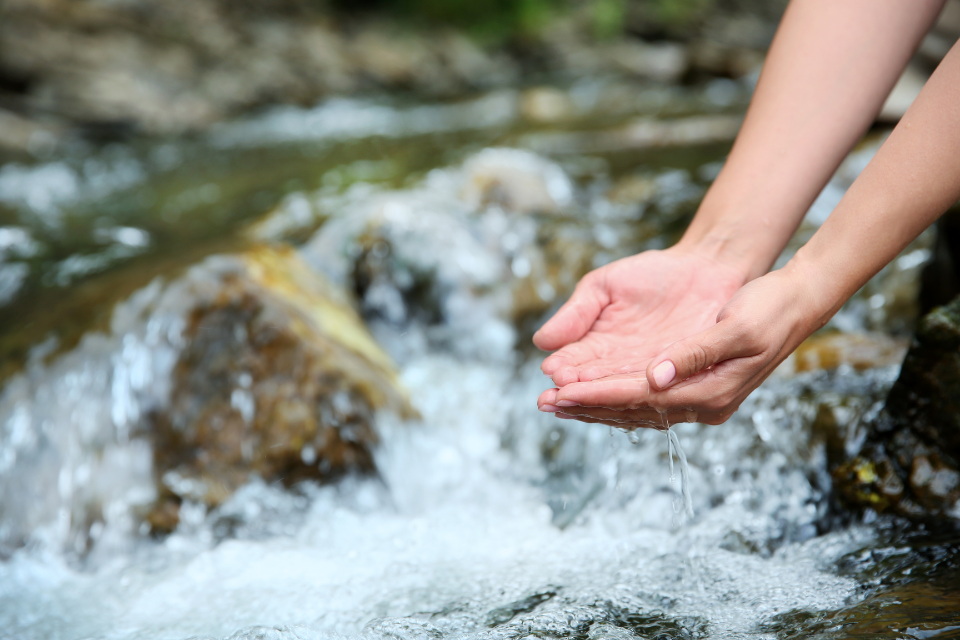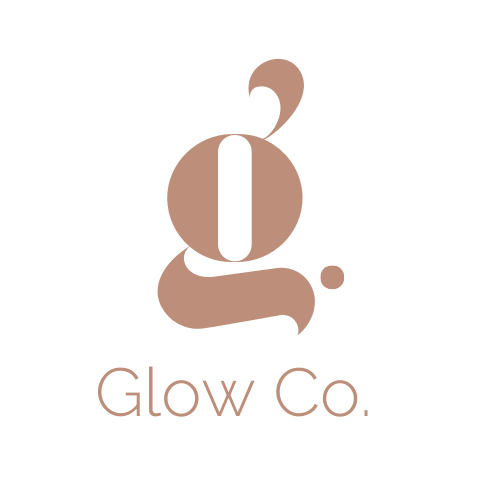FAQs
How do I know if I'm a candidate for Botox/Nabota?
You may be an ideal candidate if you have:
Deep furrows between your eyebrows
Expression lines or crow's feet around your eyes
Lines across your forehead
A constant scowl or stern appearance
Concerns about looking angry or upset when you're not
How long do treatments take?
Most Botox and Nabota treatments take just 10-15 minutes, making them perfect for busy schedules.
Is there downtime after treatment?
There's virtually no downtime. You may experience slight redness or swelling at the injection sites, but this typically resolves quickly. You can resume normal activities immediately.
How long do results last?
Results typically last 3-4 months. With regular treatments, some clients find that results may last longer over time.
What's the difference between Botox and Nabota?
Both are botulinum toxin type A products that work in the same way. Nabota (similar to Jeuveau) comes from Korea and is more affordable, while still delivering comparable results to brand-name Botox.
Are treatments painful?
We use ultra-fine needles to minimize discomfort. Most clients describe the sensation as a brief pinch. For those sensitive to needles, we can apply a topical numbing cream.
What are possible side effects?
Common side effects may include temporary swelling or bruising at the injection site, mild headache, or flu-like symptoms. These typically resolve quickly. Eyelid drooping is rare and temporary.
How can I prepare for my treatment?
For 10 days before treatment, avoid taking aspirin, ibuprofen, vitamin E, or green tea to reduce the risk of bruising.
Download our pretreatment information sheet HERE.
How do hormones affect my skin?
Hormones, particularly estrogen, play a crucial role in maintaining skin elasticity, hydration, and collagen production. During menopause, declining estrogen levels can accelerate skin thinning, dryness, and wrinkle formation. Dr. Bouma can help you understand how hormonal changes may be affecting your skin and recommend appropriate interventions.
Forms & Resources
-

Botox Info Sheet
-

Pretreatment Info Sheet
-

TCA Peel Info Sheet
-

Botox Consent Form
-

TCA Peel Consent Form
-

Medical History Form
